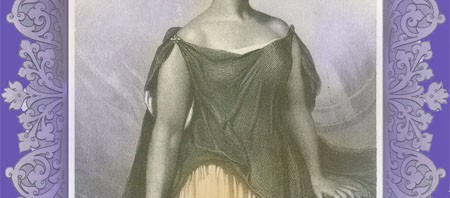Tag: Opera America
-

More women in opera?
With all the great women’s roles in opera, from Aida to Norma to Tosca, bringing up the issue of increasing women’s role in opera could seem like begging the question. Or like the setup for a punch line—how many sopranos do you need to put on an opera? But at the…
-

Opera, Real and Surreal
“Opera permits us to go into a world that is not real.” This was spoken by Nicole Paiement, artistic director of Opera Parallèle, about halfway through a panel discussion of storytelling in opera at Opera America’s New Works Forum, held last week in New York. I was there because Judgment of Midas, the…
